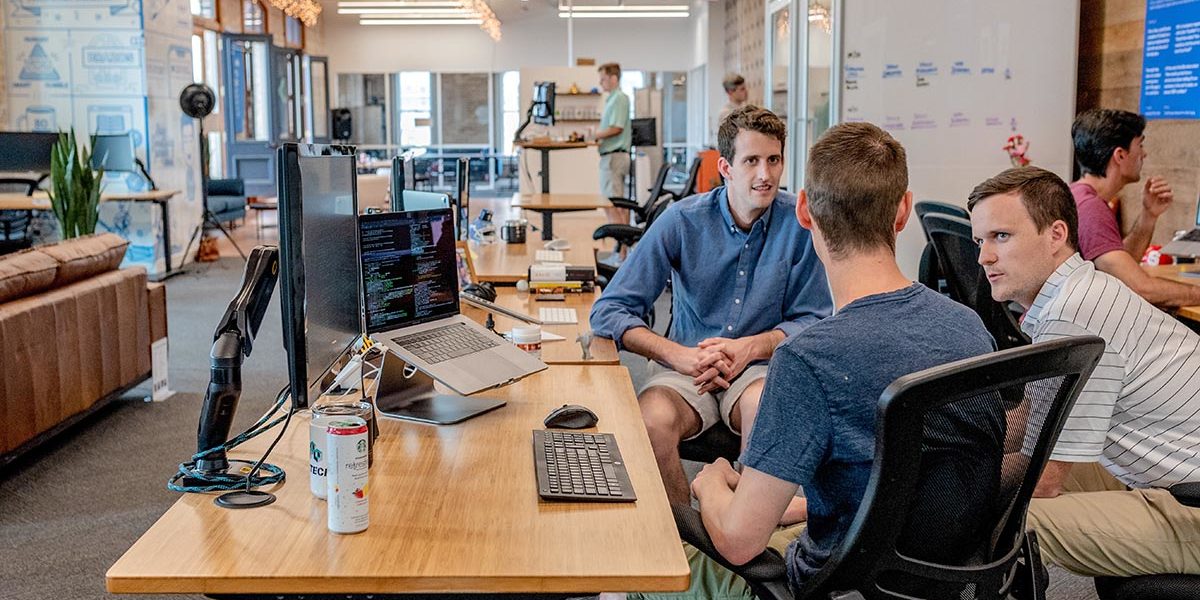Resilience is a concept that is top of discussion at the moment as populations and individuals adjust to a very changed environment in 2020. But what is “resilience”? There is much debate about what it actually is and how to measure it. My current preferred lens to understand resilience is that it is both a “capacity” and an “active process”. Tugade et al (2004) wrote a key paper on positive emotions and coping, and described this as a person’s “flexibility in response to changing situational demands and the ability to bounce back from negative emotional experiences”.
This idea of building capacity for coping positively against stress and trauma is interesting as it implies that this capacity can be grown in some way as a preventative measure against future stress. As an active process we need to learn behaviours and ways of thinking that enable us to deal with psychological stress in a positive way when it is actually happening around us.
Looking at the work environment, there is potentially a responsibility here for the organisation and the individual in building resilience. An organisation needs to undergo activities to build a supportive resilience culture for all its people, predominantly looking at building the capacity of resilience. Individuals need to be mentally prepared to deal with any stress or trauma they encounter through personal reflection, understanding of their emotions and how they respond to changing events.
In this three-part blog I will look at the different roles of the organisation and the individual in building resilience and finally, where these overlap. In part one we will focus on the organisation.
The Organisation’s Role in Resilience
Organisations have a moral duty to create working environments that their workers can thrive in. Beyond this statement are many factors at play, from understanding the risks for their people, helping their people learn how to deal with these risks and reacting to situations when it all goes wrong. Even though this is starting to sound like a copy of the Health and Safety at Work Act, these three areas are the building blocks for approaching many aspects of work from skill gaps to employee wellbeing.
So, we know that organisations need to create the “right” environment. But what is the right environment for building resilience capacity? For me, the simplest way is to look at the overarching common organisation processes and rituals, and then how the organisation creates the appropriate support for each individual worker to be in a positive mental state in their work.
Our research has shown that the most effective focus at the macro level for organisations is to look at how it communicates, how its teams collaborate and what form of social support is in place.
Communication is about the organisation building trust with its people. This gives individuals a perceived sense of openness and honesty and a lack of hidden agendas. Informing workers honestly about how the organisation is doing with the appropriate use of optimism and realism in the message, allows the forming of a foundation of knowledge that employees can then act on with confidence, building a sense of being in control of what is going on around them. Additionally, ensuring that there are two-way communication channels will allow feedback that needs to be visibly listened to and acted upon. By acting on feedback from the workforce, this builds the self-worth of those who have been listened to, a key element of personal resilience.
Building on established two-way communication and trust being formed, the organisation can turn to collaboration as the next step to creating a resilience culture. Departments should be encouraged to actively work with each other, sharing ideas and concerns in a free-flowing way. Collaboration builds a sense of common purpose and workplace community so if any severe issue or trauma happens to the organisation then teams will proactively rally together to overcome the problem with less need for direction. Thus, a collaborative workplace is a more resilient workplace.
The next area is probably the hardest for organisations to be consistently good at. Social support for all workers within the organisation is important for a resilient culture. It is creating the unwritten acceptance that someone in the organisation “has got my back”. This is driven by local managers and team leaders being active in their open support for the health and mental wellbeing of their people. The demonstration that they value the person and not the role. If a manager can achieve this then the team members will in turn look out for each other’s wellbeing, creating an organisation of people who, when faced with a stressful situation or a traumatic event, will have a network who will bring the desire to overcome this issue, thus creating teams of resilience and adapting the organisation culture in the process.
Organisations need to be reviewing how they propagate a culture of understanding and a sense that we are “all in this together”. If an organisation, no matter how large, can develop a sense that it cares about how each individual is coping, then as a collective group, these people will step up to the challenge of adversity and be resilient in tough times.
These three areas of communication, collaboration and social support develop the high capacity of resilience for an organisation. The active process of resilience is founded in the intrapersonal skills, thinking processes and behaviours of the individual worker. This, as well as the shared responsibility of the work itself, will be covered in parts two and three of this three-part blog.
I hope, by reading this, it has provoked some new thinking for you. It would be great to hear any comments, insights or thoughts you may have on this interesting and highly topical subject. Until part two…

